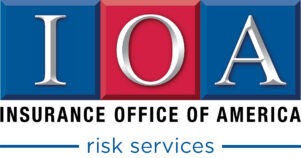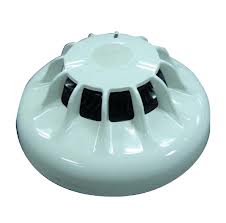Why Not Safety Supremacy?
Why is it so hard to create and sustain superior safety performance? The answer is that it’s not that hard… if you want to. Unfortunately many organizational leaders perceive safety as an “inconvenient task” or an “added expense”. It may shock you coming from a “safety” company like Safety Links but this perception is actually true! In the short term, safety is often inconvenient for employees and is often more expensive for managers.
Safety Is Good For Business:
That however does not mean safety is bad for business. In fact, our partners have proven that safety is good for business time and time again. Improved safety performance not only results in the obvious (lowered insurance rates, reduced liability, improved compliance), but safety can also greatly benefit the organization in many other ways.
Here are a few real life examples from our customers:
1. A small framing contractor in the residential construction industry recognized the need for improved fall protection. With our guidance they implemented a unique fall protection system for their crews. As a result of their unmatched safety performance they were awarded exclusive contracts with several large production builders. They are now building over 2000 homes a year. Needless to say they are not a small framing contractor anymore!
2. In an effort to improve “compliance”, a printing company with around 50 employees allowed us to guide them through the 5-S process, to improve their housekeeping and efficiency. As a result, their facility has been transformed to a world class printing facility that is now servicing customers around the world.
3. A paint manufacturer with around 100 employees allowed us to guide their transformation from a top down safety management approach to a more inclusive model. Now all employees are actively involved in the safety process and they no longer view safety as the “responsibility of the safety person”! This has resulted in increased employee satisfaction, reduced turnover and ultimately improved production.
I know it may sound cliché but we have hundreds of real life examples in which safety actually pays. If you are willing to invest time and energy into improving your safety performance in the long run you too will experience Safety Supremacy.
Key to Safety Supremacy:
Safety Supremacy is accomplished when safety isn’t viewed as safety in your culture; instead it’s just viewed as work. In other words, safety is simply treated as the way you do business. Making safety a “priority” is a mistake because when push comes to shove everyone’s priorities shift. Safety must be integrated into, and not separated from your business. From the organizational vision to the daily work tasks safety must be seen as a core value not merely a priority!
Those who try to implement traditional “safety programs” often fail in the long run because safety is treated as an add-on to production. Unfortunately what they fail to do is treat safety like they treat other key business activities.
Let’s consider how organizations manage employee attendance for example. Organizations typically have policies related to attendance. When a new employee starts they are told about the policy and are informally indoctrinated into a culture which has norms related to acceptable attendance. When employees come in late, or have too many unexcused absences, their behavior is not allowed to continue. This approach ensures that employees understand what is expected of them and that they are held accountable to those expectations. The consistent management of attendance creates a culture in which unacceptable attendance is simply not allowed by the culture.
The key to Safety Supremacy is no different. Safety Supremacy is accomplished when safety is perceived as “how we do business”. An organizational culture which values production, profitability and safety as one and the same is much more effective than an organization which separates safety from the business. To find out how you can achieve Safety Supremacy please contact me.
Trevor Reschny, CSP. 407-760-6170 or email me at treschny[at]safetylinks.net



 Smoke alarms will detect most fires more rapidly than heat detectors. There are currently three types of smoke alarms on the market: ionization, photoelectric and combination ionization/photoelectric.
Smoke alarms will detect most fires more rapidly than heat detectors. There are currently three types of smoke alarms on the market: ionization, photoelectric and combination ionization/photoelectric.
